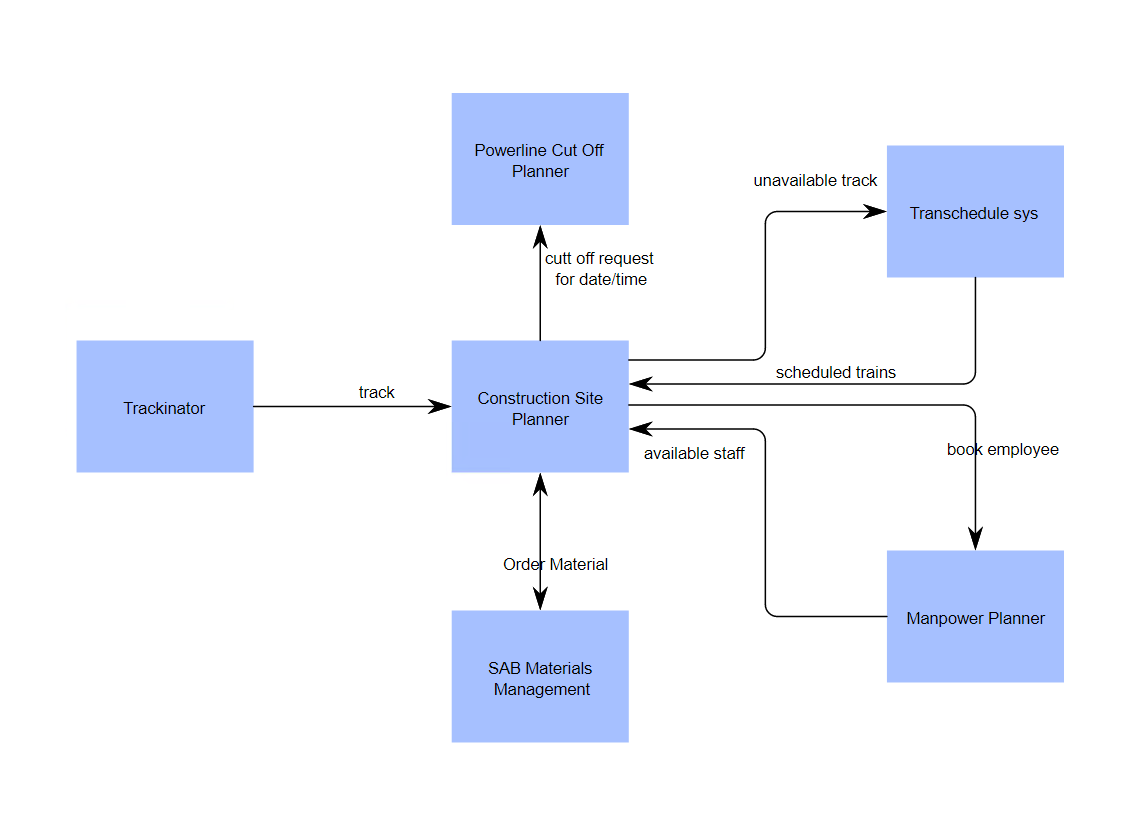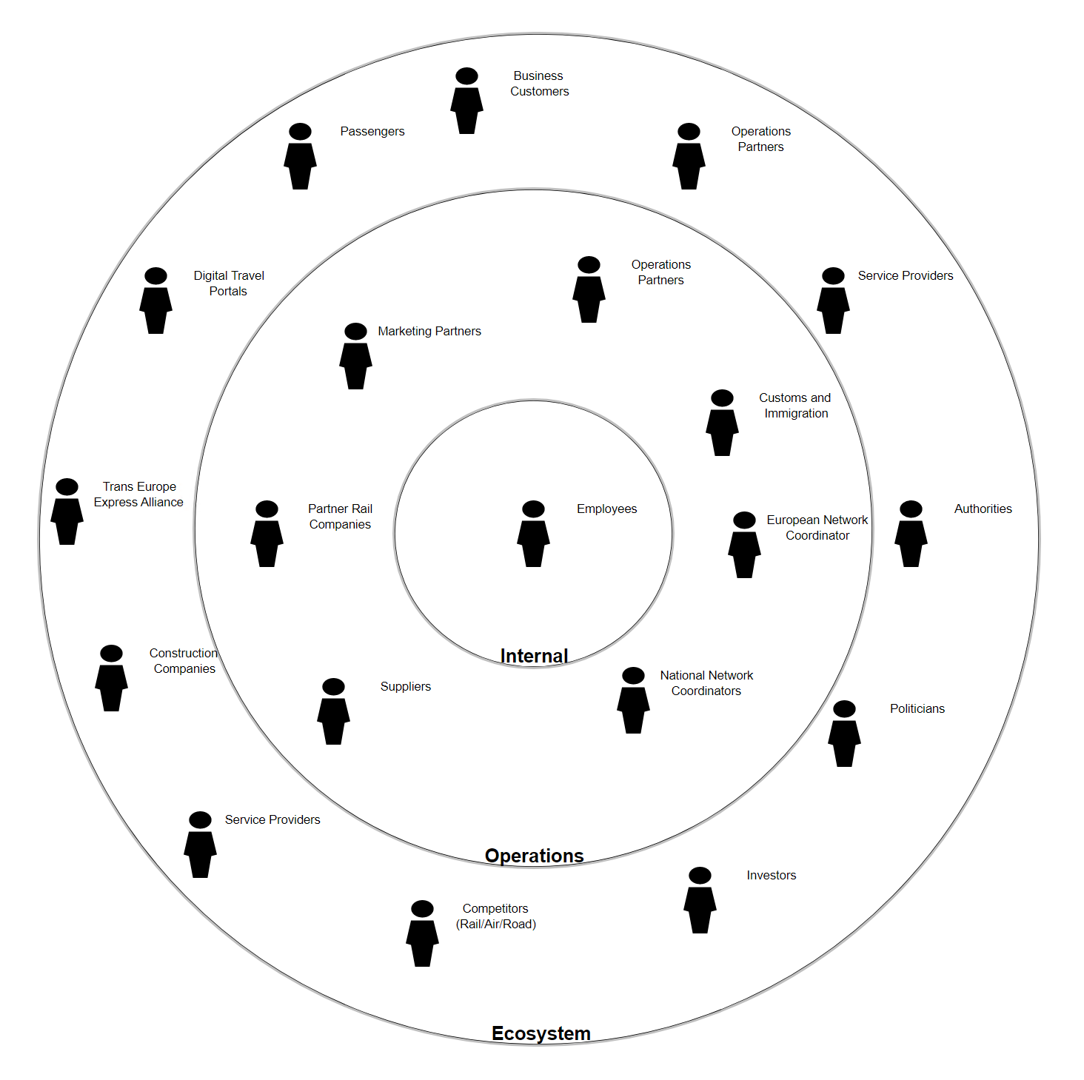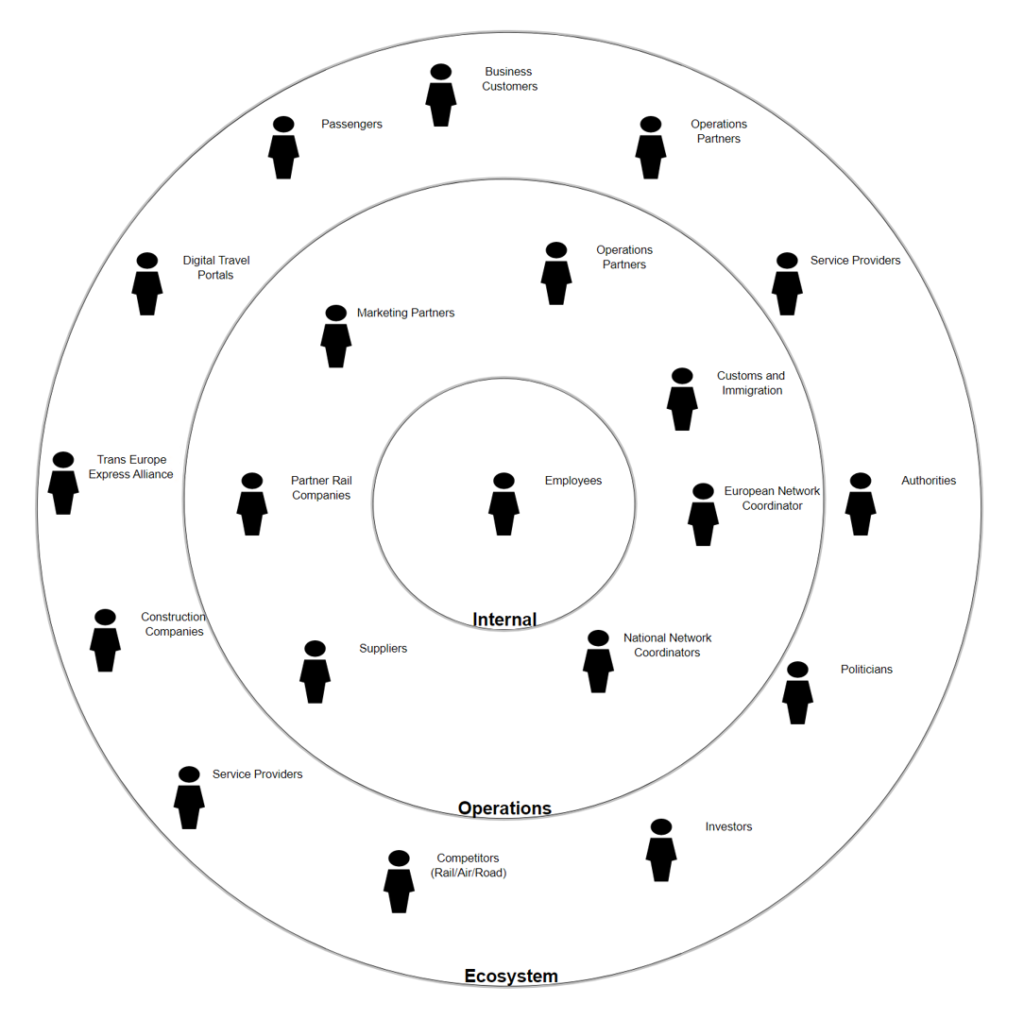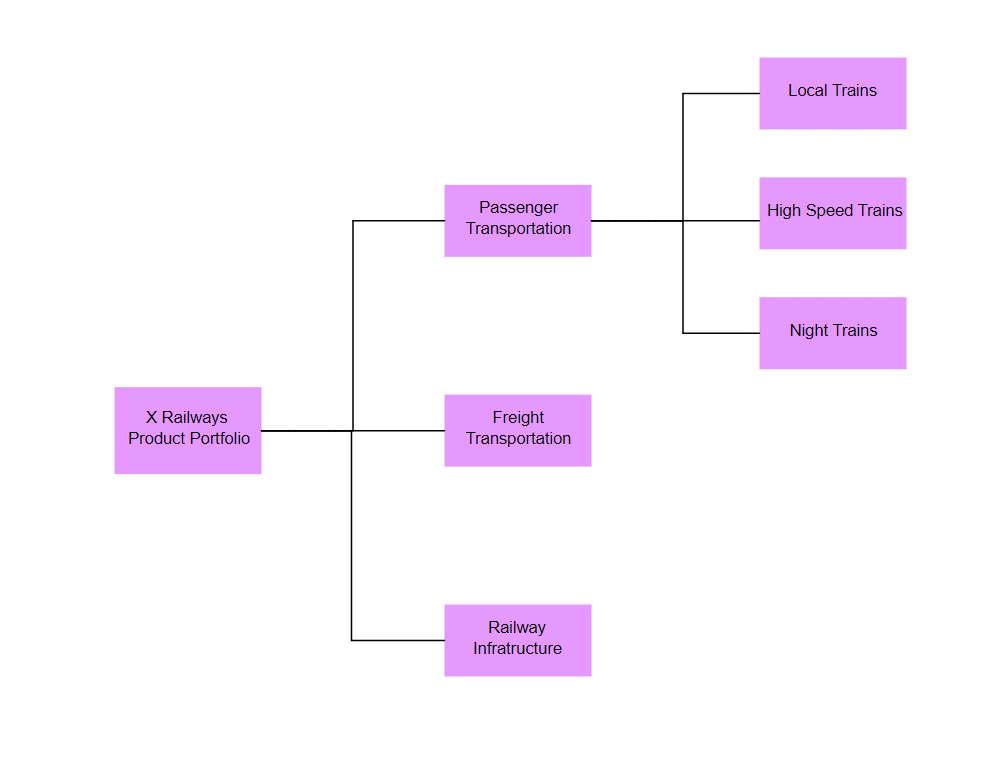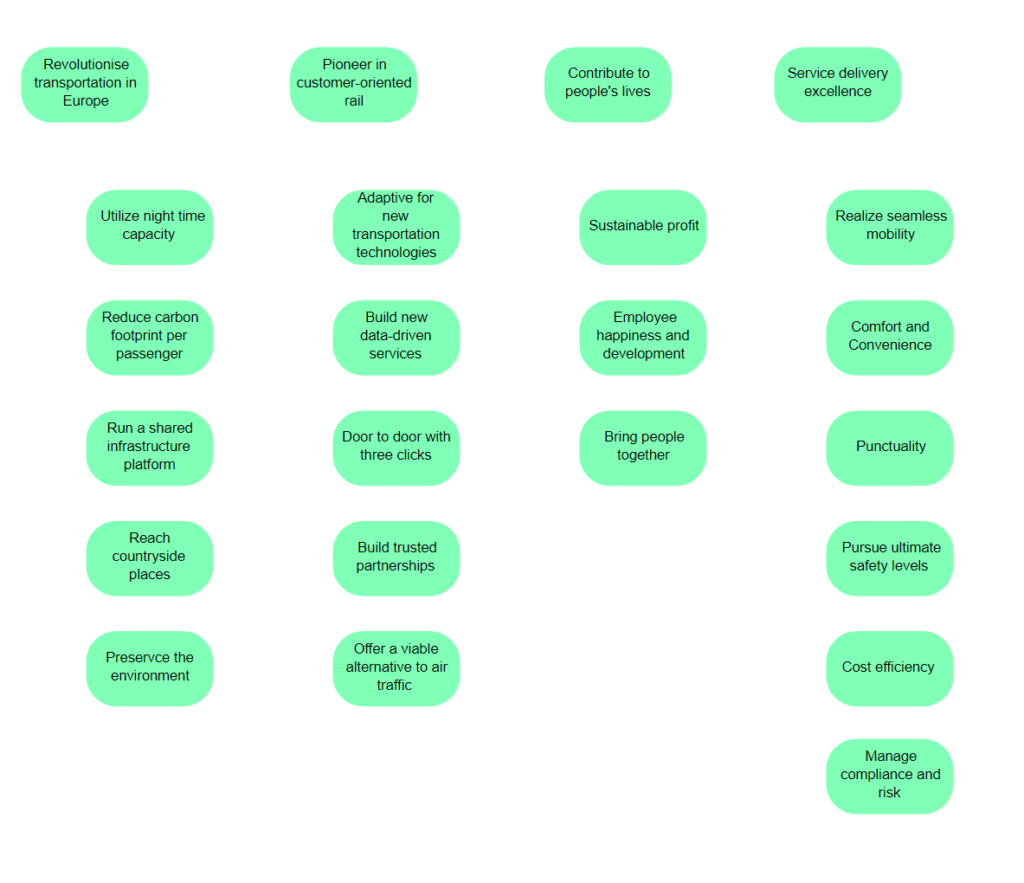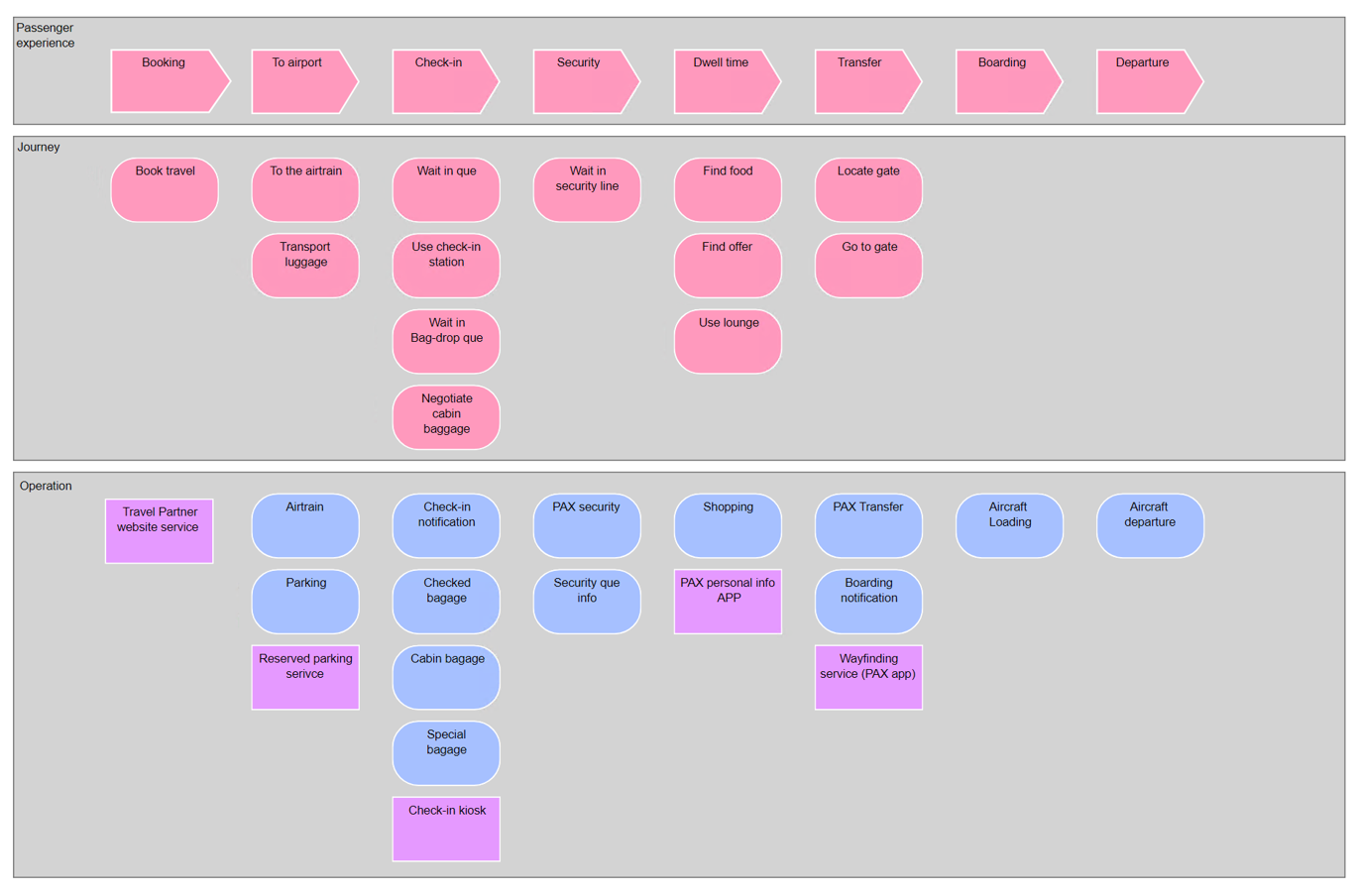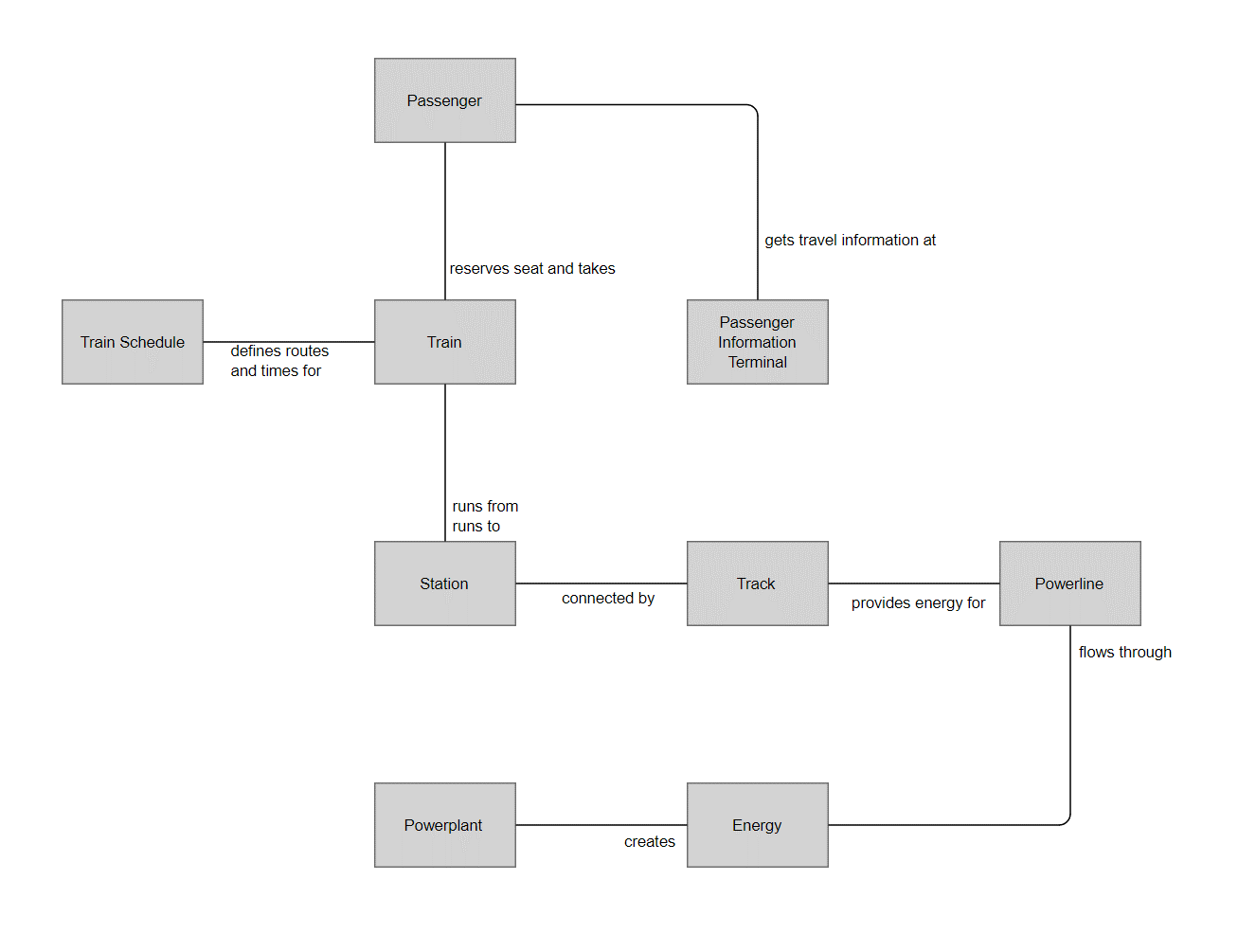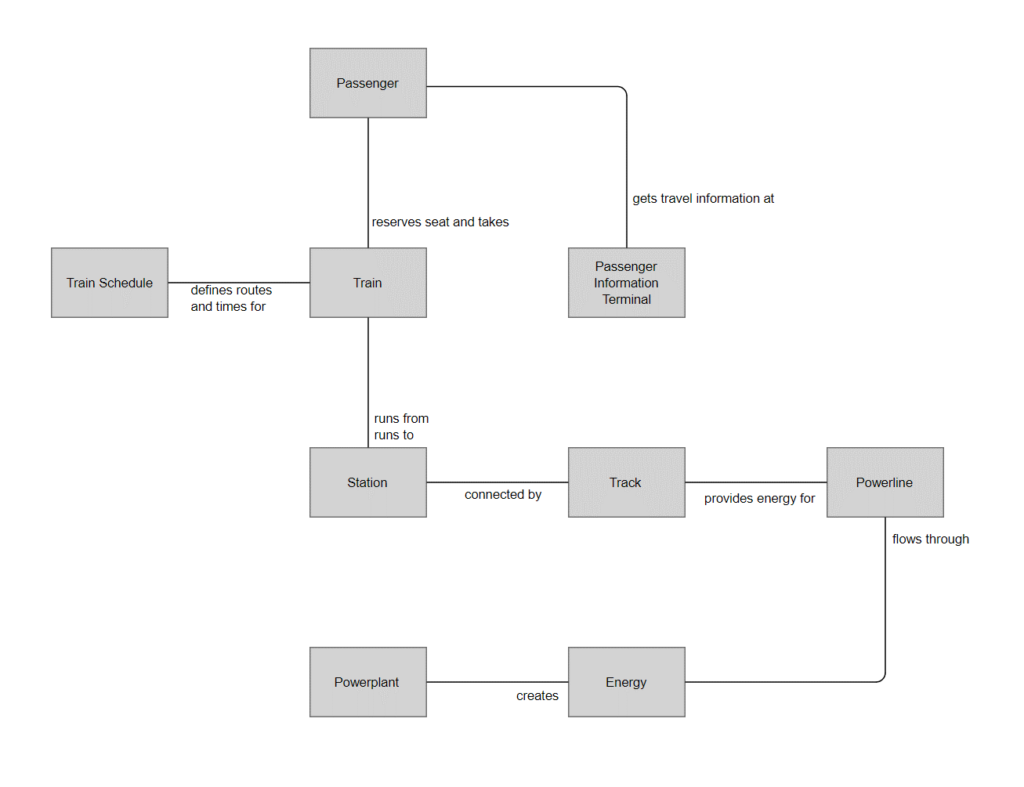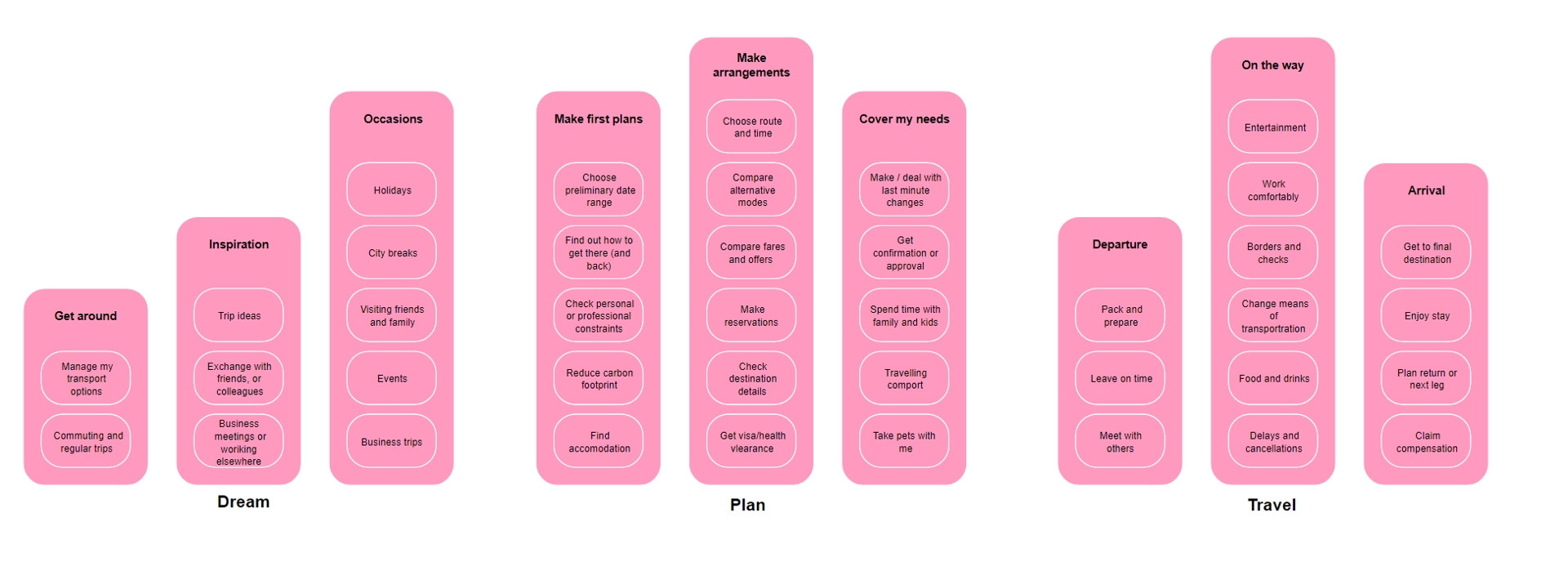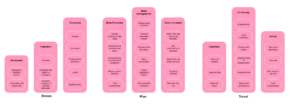Purpose: The purpose the Asset Board is to build new capabilities from existing assets and knowing your existing assets to build up new ones, to improve capabilities and competitive advantage
Core concerns: Assets are an important concept in economics and strategic management and a central part of finance. Buying assets from suppliers connects the enterprise to its supply chain.
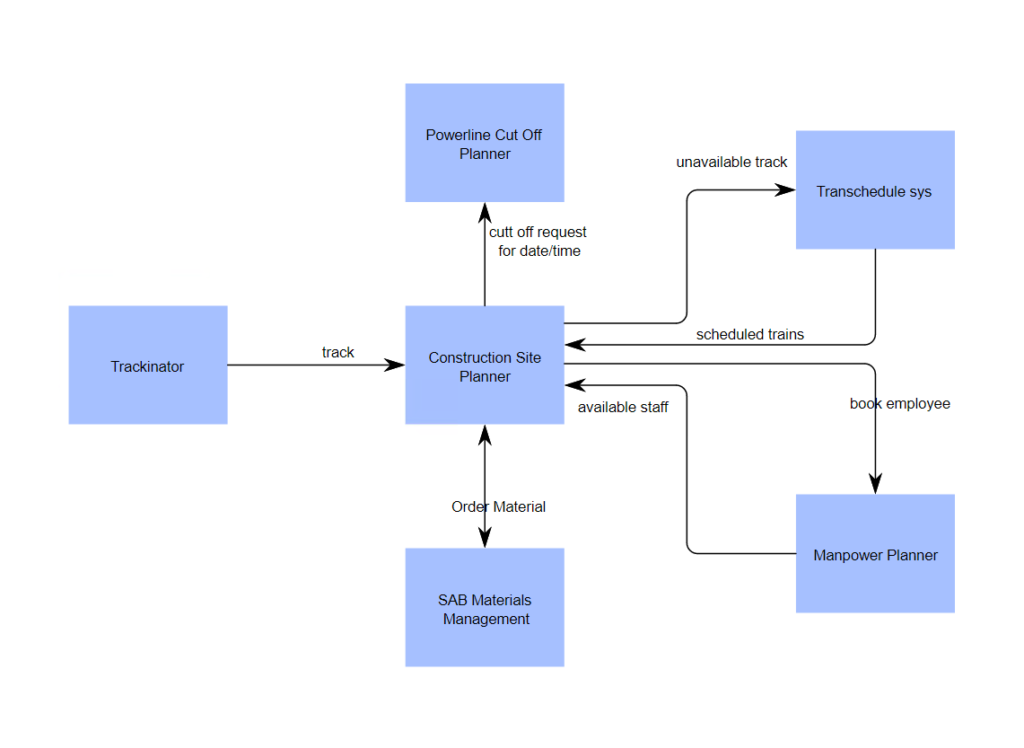
The Activity Board is a part of the EDGY language created by the Intersection Group.
